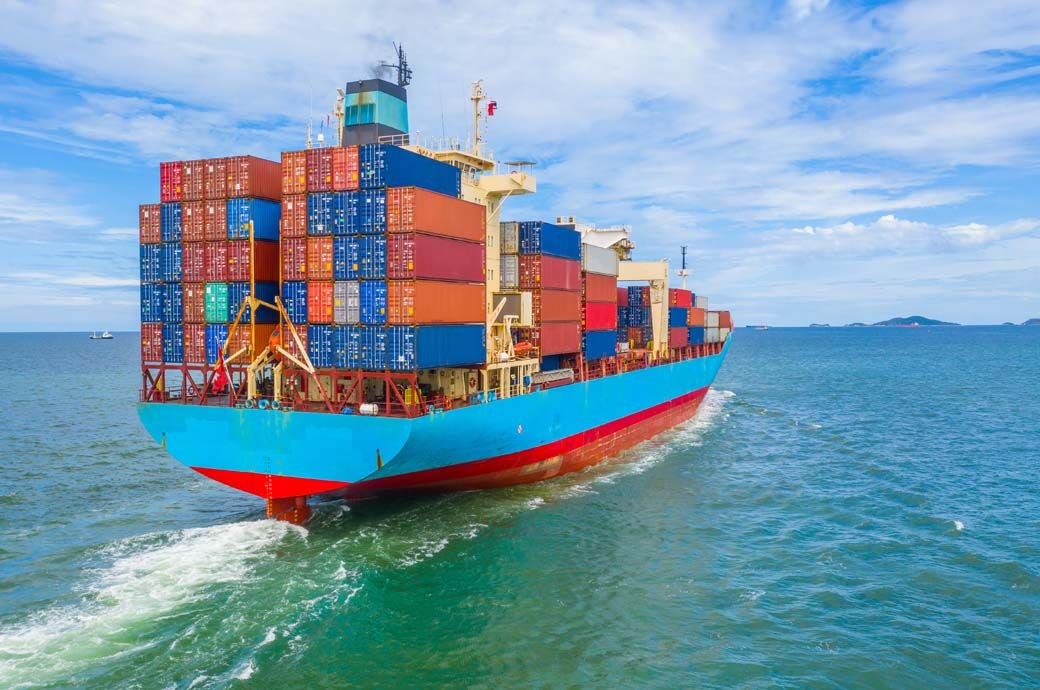
The Xeneta and Marine Benchmark Carbon Emissions Index (CEI), which measures carbon emissions per ton of cargo transported across the world’s top 13 trades, hit 107.4 points in the first quarter (Q1) this year, the highest it has been since the index began in Q1 2018, the Norway-based ocean and air freight rate benchmarking and market analytics platform said in a release.
For containers being shipped via ocean from the Far East to Mediterranean, the CEI reveals carbon emissions increased by 63 per cent in Q1 2024 compared to Q4 2023. From the Far East into North Europe, carbon emissions increased by 23 per cent.
This is a direct result of conflict in the Red Sea region, which escalated in December and has seen most ocean freight container services avoid the Suez Canal due to the threat of attack by Houthi militia, Xeneta said.
“Containers being shipped to the Mediterranean from the Far East travelled 9,400 nautical miles on average in Q4 2023 before the escalation in the Red Sea. They are now sailing an additional 5,800 nautical miles due to diversions around the Cape of Good Hope in Africa, with the inevitable consequence of more fuel being burned,” Xeneta market analyst Emily Stausboll said.
“Ships are also being sailed at higher speeds in an attempt to make up time due to the longer distances, which again results in more carbon being burned,” she noted.
Xeneta data also reveal disruption in the Red Sea has pushed some shippers into using air freight to protect supply chains.
Cargo from the Far East is now arriving via ocean at ports such as Jebel Ali in the Arabian Gulf before being flown out of Dubai Airport for onward transportation to Europe and North America.
As a result, air cargo demand from Dubai Airport to European destinations increased by 190 per cent year on year in March this year.
“Shippers are also now once again using rail services through Russia to transport goods from the Far East to Europe, which similarly to air freight, is more carbon intensive than ocean freight shipping,” Stausboll said.
The deterioration of carbon emissions performance comes at a time when the International Maritime Organization (IMO) is working towards net zero in global ocean freight shipping by or around 2050.
2024 has also seen the introduction of EU-ETS regulations which require ocean freight service providers to pay a subsidy based on the amount of carbon emitted on sailings to and from European ports.
Fibre2Fashion News Desk (DS)